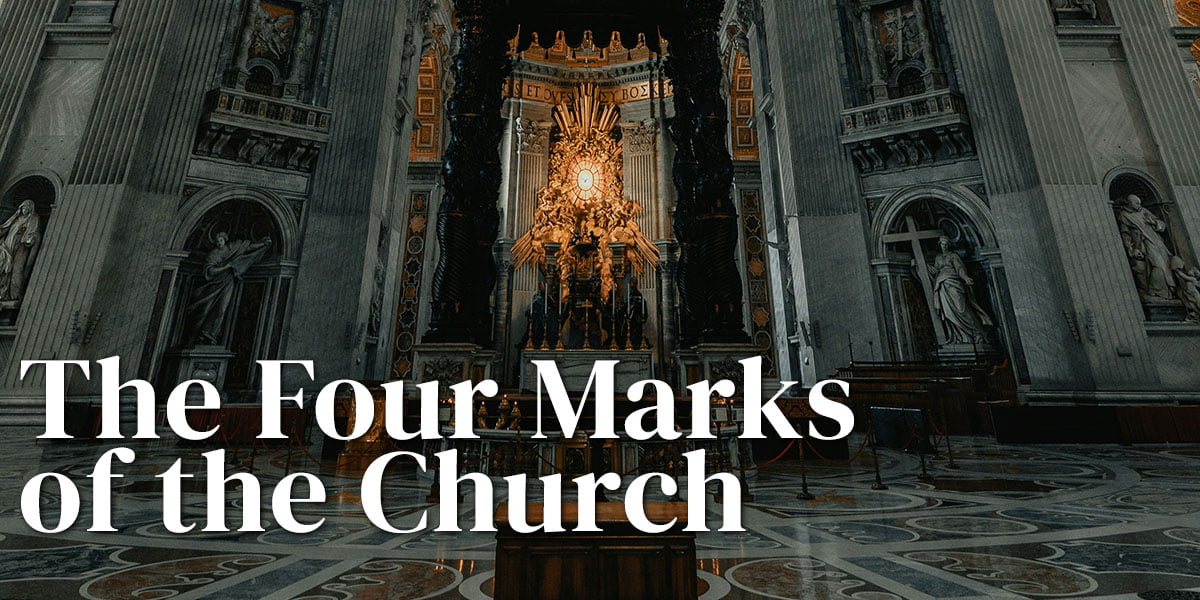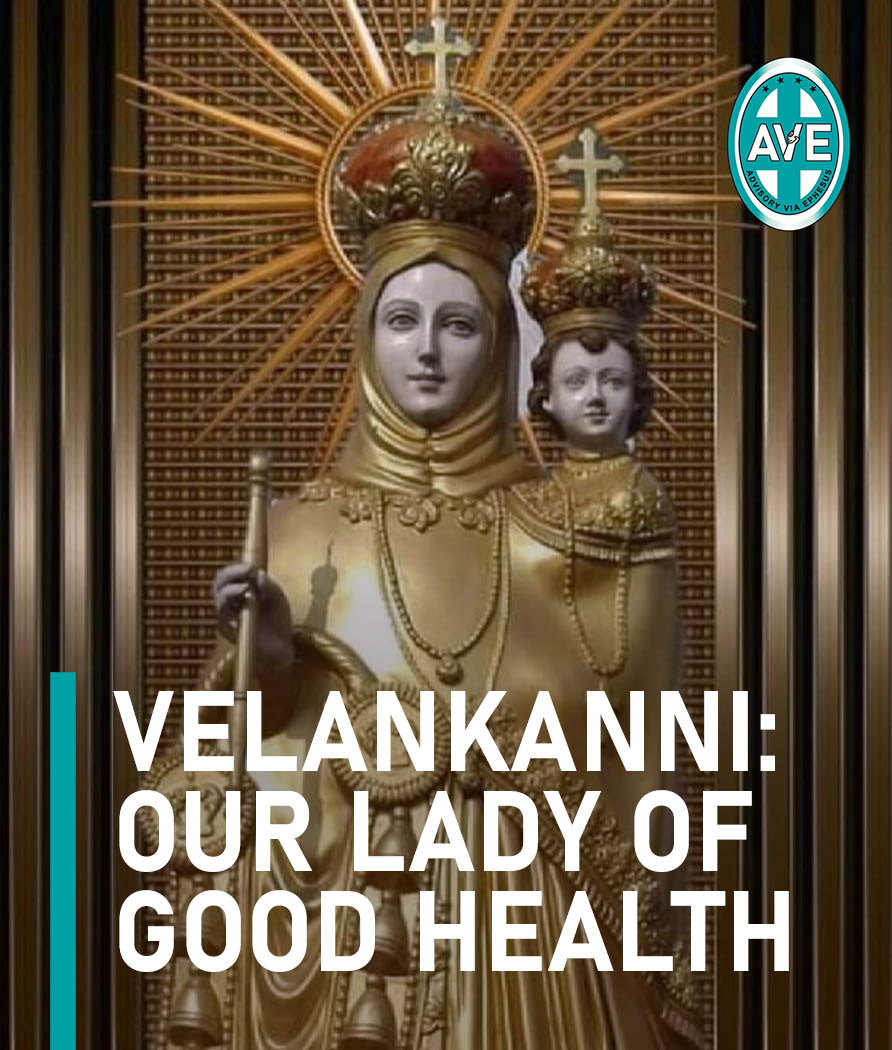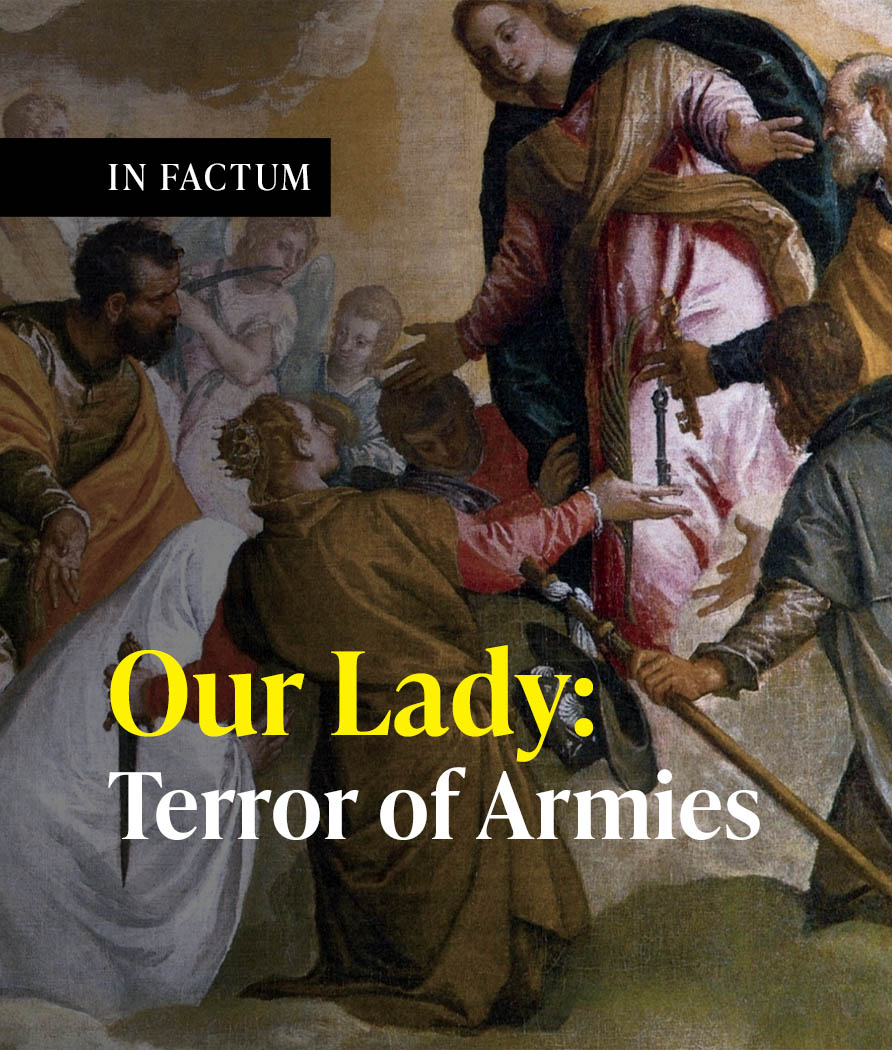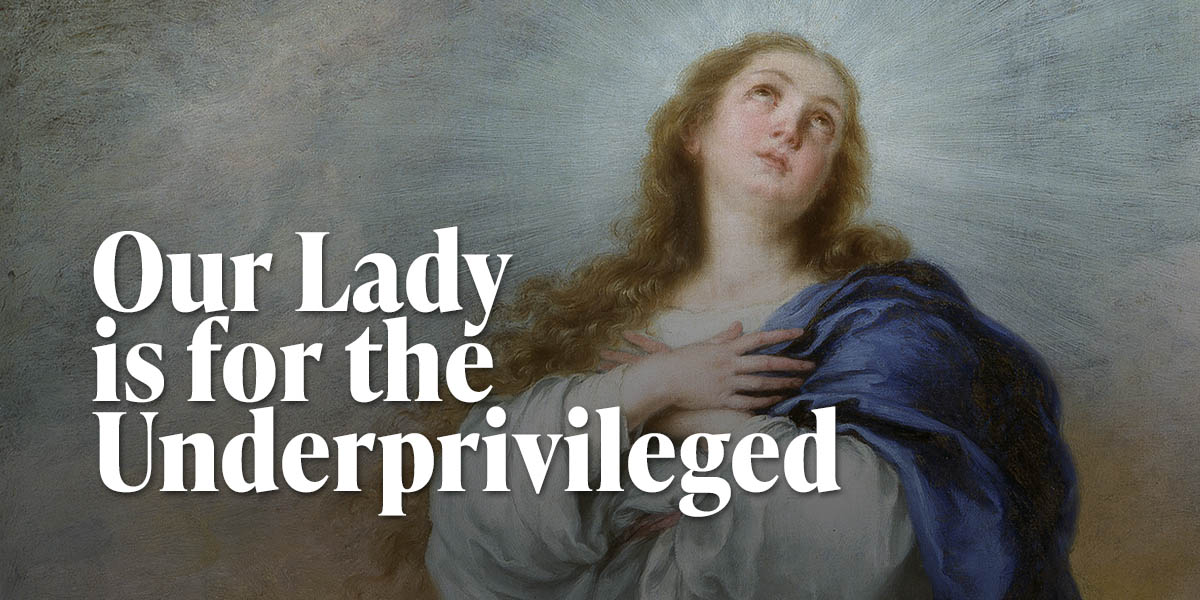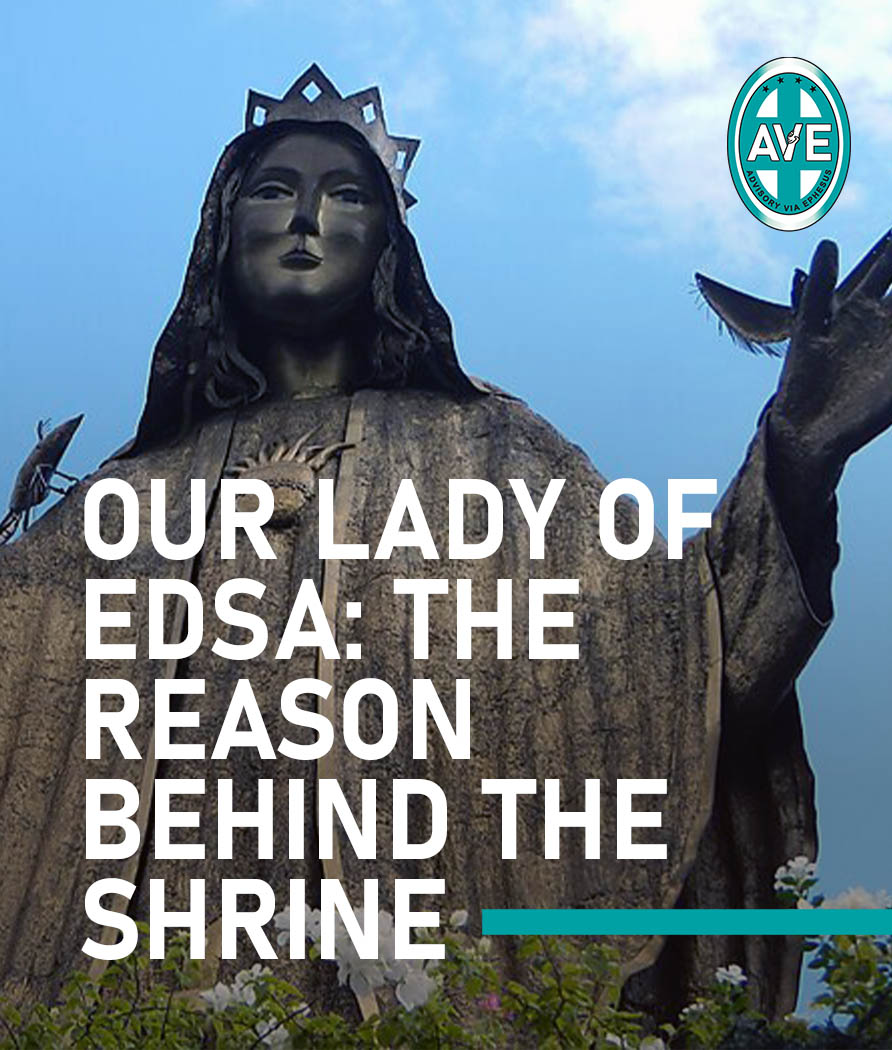In the Holy Mass, there is a long history of debate between the Catholics and the Protestants on where the priest has to face during the Holy Mass. Before the Vatican II council, the Priest always faces to the altar during the Holy Mass. This orientation is called “Ad Orientem”. Then changes occurred on Pope Paul VI’s Mass (Novus Ordo Mass) in 1969 where the Priest is now facing the congregation. This orientation is called “Versus Populum”. The Traditional Catholics societies such as the Society of Pope Pius X (SSPX) and the Priestly Fraternity of St. Peter (FSSP) still using the Ad Orientem as they celebrated the Traditional Latin Mass. Now, the debate is now between the Traditionalist and the Modernist. The question is, which is better? The Ad Orientem or the Versus Populum? Before we answer. Let’s take a look of their history.





